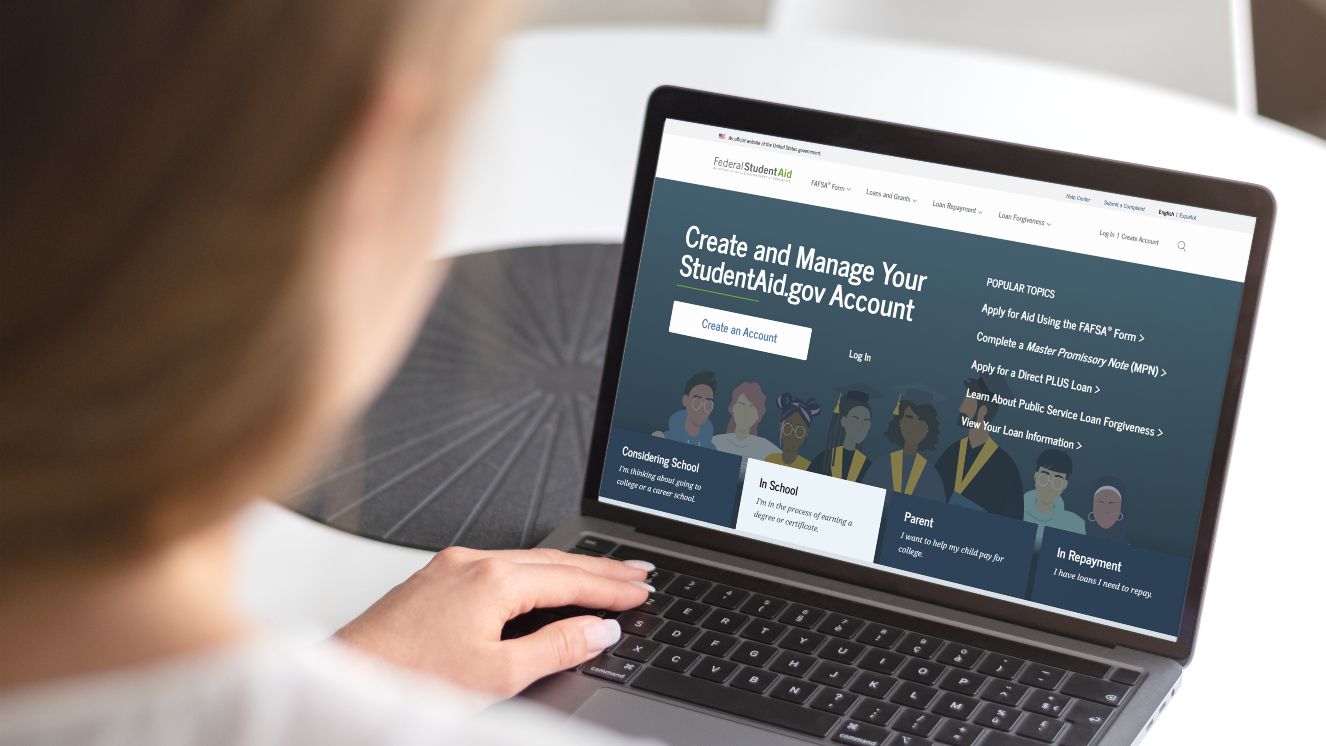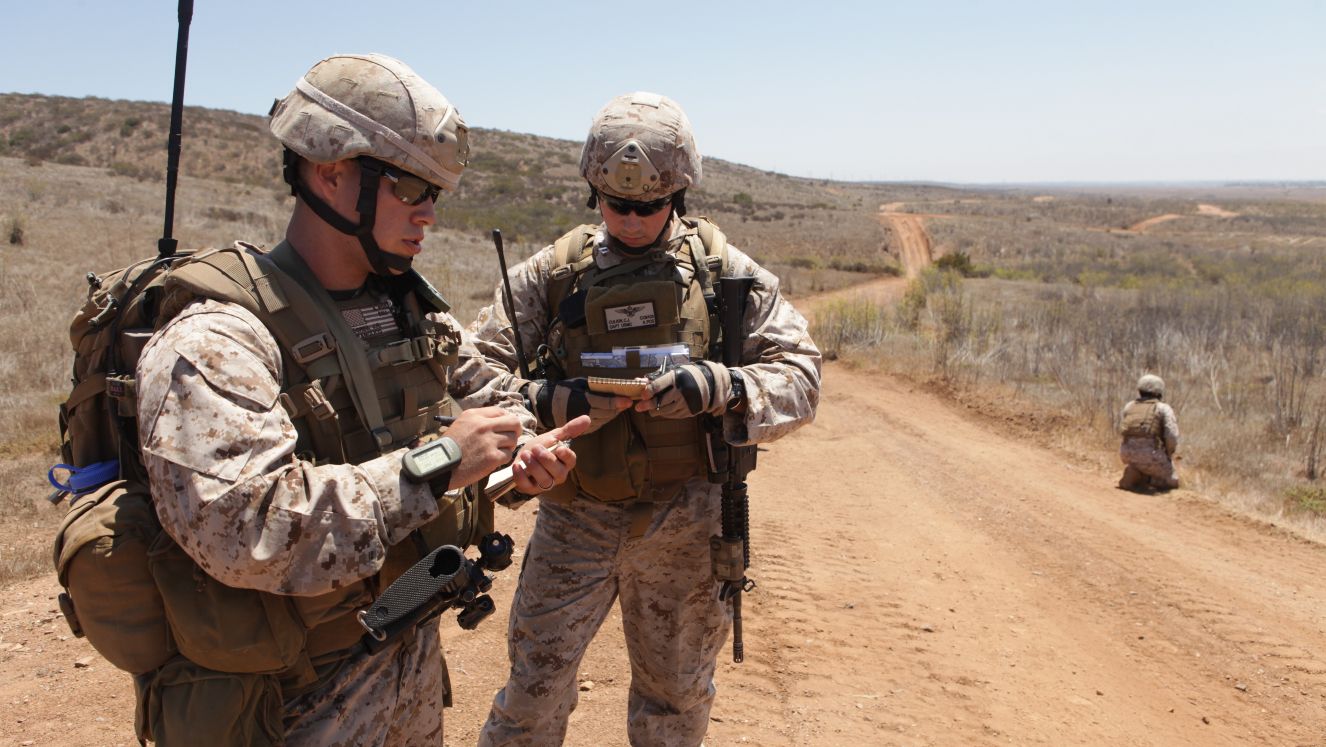BLUEPRINT FOR THE FUTURE: DODEA’S 2030 VISION FOR MILITARY CHILDREN

ADVERTISEMENT
Military life is full of transitions—new duty stations, new schools, new communities. For military children, these moves can mean starting over academically, socially, and emotionally. The Department of Defense Education Activity (DoDEA) is tackling this challenge head-on with its Blueprint for Continuous Improvement, a strategic plan designed to transform education for military-connected students by 2030. Far more than a policy document, the Blueprint offers a roadmap to stability, opportunity, and excellence—where every student can thrive no matter where the mission takes their family.
Behind nearly every military mission is a military child navigating a world that changes every 2–4 years. Their classrooms are often temporary, their friendships reset with every new address, and their education is a patchwork quilt stitched across duty stations, deployments, and new beginnings. The Department of Defense Education Activity (DoDEA) exists to give these children stability in a life that rarely feels stable.
DoDEA Enrollment Statistics 2023–2024
- 65,522 students enrolled across 161 schools worldwide.
- Presence in 11 foreign countries, plus the U.S.
- Organized into 3 global regions: Americas, Europe, and Pacific.
- Nearly 7,000 students served in the Pacific West District alone (South Korea and Guam).
But these numbers only scratch the surface. DoDEA is one of the few constants in a life marked by frequent change.
Nobody Prepared You for Military Life
But we can help. Join over 100k spouses already getting the advice, resources, and military tea they need to thrive.
Challenges Faced by Military Children
Frequent Moves
Military children move every 2–4 years—over three times the national average.
Each move means new teachers, new standards, and new peers. By graduation, some have attended 6 to 9 different schools.
Deployment Disruptions
When a parent deploys, it isn’t just the family dynamic that shifts—it’s the child’s academic performance, attendance, and emotional well-being. Research shows deployments increase the likelihood of grade repetition.
ADVERTISEMENT
Special Education Needs
Military children have higher rates of learning differences. 26% of active-duty families report having a child with an Individual Education Plan (IEP)—well above the U.S. public school average.
Gaps in School Support
Not every educator is trained to understand the hidden burdens of a child whose parent is halfway across the world.
Emotional and behavioral needs linked to deployment are too often misunderstood or unsupported.
Homeschooling Surge
Military families are taking matters into their own hands.
In 2023–2024, 12% of military families were homeschooled, compared to just 6% of civilian families—double the national rate.
ADVERTISEMENT
DoDEA 2030 Vision for Military Students
The Blueprint is structured around four pillars of excellence—student, school, talent, and organizational. Each is crafted to address the unique realities of military life: frequent moves, diverse learning environments, and the need for resilience and adaptability.
1. Student Excellence:
Military children are resilient, but they face unique educational hurdles. The Blueprint emphasizes personalized learning, early intervention, and support systems to ensure no student falls behind.
Programs focus on academic achievement, social-emotional health, and future-ready skills that equip students for college, careers, and life beyond the military.
2. School Excellence:
Every classroom should be a place of opportunity. DoDEA is investing in teacher training, leadership development, and instructional innovation, ensuring schools are prepared to meet students’ needs—whether at home or overseas.
Military families can expect consistency in quality education, even as duty assignments move students across continents.
ADVERTISEMENT
3. Talent Excellence:
Educators are the backbone of DoDEA schools. Recruiting, retaining, and supporting high-quality teachers and staff is essential to fulfilling the Blueprint’s promise.
Initiatives include mentorship programs, professional growth opportunities, and leveraging technology to enhance teaching—ensuring students always have access to the best educators available.
4. Organizational Excellence:
Behind every successful school is a well-run system. DoDEA aims to improve data-driven decision-making, operational efficiency, and resource allocation so that schools can respond to students’ needs quickly and effectively.
For military families, this translates into more predictable, reliable, and high-quality educational experiences.
Impact of DoDEA 2030 Vision on Military Families
There are 1 million military children worldwide. Each one carries the weight of service alongside their parents—often invisibly. DoDEA’s Blueprint for 2030 isn’t just a plan; it’s a lifeline to ensure these students don’t fall through the cracks of constant change.
Military children don’t get to choose this life, but they live it every day. By supporting DoDEA’s vision, we’re not just shaping classrooms—we’re shaping resilience, stability, and futures for the next generation of military-connected kids.
The Blueprint isn’t just a plan on paper—it directly affects families on the move. This plan addresses three key areas of focus for military students.
- Seamless Transitions: With frequent relocations, children often face academic gaps. DoDEA’s focus on continuity and personalized learning helps students stay on track.
- Future-Ready Skills: Military children gain tools to succeed academically and socially, no matter the next station or career path.
- Stability and Support: By addressing mental health, social-emotional learning, and academic rigor, the Blueprint helps families navigate the unique pressures of military life.
For parents, this means peace of mind knowing that their children’s education is not disrupted by the demands of service life—it’s supported, intentional, and future-focused.
DoDEA Strategic Goals for 2030
DoDEA’s 2030 vision is ambitious. Every military-connected student achieving academic excellence, every school equipped to deliver world-class education, and every educator empowered to make a difference.
There are many things that need to go right for all of those successful outcomes to play out as intended. For families who have navigated frequent moves, deployments, and transitions, the Blueprint offers clarity, hope, and a tangible plan for success. It is up to those trusted to execute this plan to ensure that it is applied universally and efficiently.
Military children are growing up as global citizens—resilient, adaptable, and ready to tackle whatever challenges life throws at them. DoDEA’s Blueprint is designed to ensure that their education keeps pace with their potential.
The Blueprint for Continuous Improvement is more than a roadmap; it’s a promise to military families: that their children’s education is a top priority, even in a life defined by movement and change.
As we look toward 2030, DoDEA is setting the stage for a generation of military-connected students who can thrive anywhere, academically and personally, proving that when systems are designed with families in mind, children don’t just adapt—they excel.
Suggested reads:
BY NATALIE OLIVERIO
Veteran & Senior Contributor, Military News at MilSpouses
Natalie Oliverio is a Navy Veteran, journalist, and entrepreneur whose reporting brings clarity, compassion, and credibility to stories that matter most to military families. With more than 100 published articles, she has become a trusted v...
- Navy Veteran
- 100+ published articles
- Veterati Mentor
ADVERTISEMENT
ADVERTISEMENT




